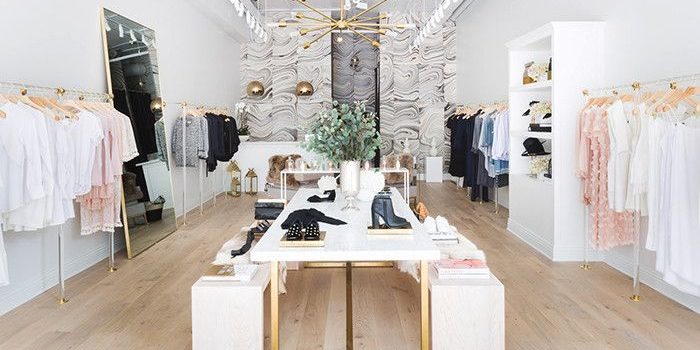What is due and cannot be done from LED lighting
for retailers
Sales posters and coupons are not the only ways to make sales. You can also use the lights to your advantage. LED lighting for retail stores can be used to create an environment that makes buyers feel welcome and meet their needs and expectations. Use the store's
LED lighting to attract people, keep them focused, guide you through your store and save money. There are many ways in which the right lighting can be beneficial for customer satisfaction and sales. Take a look at the following list of what you should and should not do to achieve store lighting that will help you achieve your goals.
Consider the basics
There is more to effective LED lighting for retailers than it seems. Creating an efficient lighting system that looks the way you want while promoting products, making customers feel comfortable and, in turn, increasing sales means knowing the technical details of potential bulbs and accessories.
These details include efficacy, color rendering index (CRI), correlated color temperature (CBT) and intensity.
Intensity / Lumens
In the past, the brightness of incandescent, halogen, fluorescent or high-intensity discharge (HID) lights were measured by power. Now, a common method of measuring brightness is lumens. The higher the lumens, the brighter the focus. Comparable power always appears on our product pages for compatible products. If you are upgrading from incandescent to LED and want a bulb or accessory that is similar in brightness, you can use lumens to estimate the incandescent voltage. Simply delete the last number of the lumen value. The remaining number represents the estimated incandescent wattage. As an example, an
LED light that emits 600 lumens is approximately as bright as a 60-watt incandescent bulb.
Effectiveness
As a business owner or manager, you are most likely interested in getting the most out of your investment. Paying attention to efficiency, you can make sure you get the most light for the amount of energy the bulb or accessory consumes. Efficiency is the amount of visible light that is produced with a certain amount of energy (watts). You can determine the effectiveness of a product by dividing its lumens by the watts it consumes. For example, a bulb that emits 480 lumens and consumes eight watts of power (480/8) has an efficiency of 60 lumens per watt. A bulb with this efficiency would be a much better option than one that emits 480 lumens at 12 watts. The color temperature you choose will depend on the mood and shopping experience you want to provide to your customers. A retailer like Hollister, for example, who strives to create a relaxed and relaxed atmosphere, uses warm white and even very warm white lights. Add the cozy configuration of furniture and music, and it is clear that the goal is to get customers to meet, relax and spend more time in your store. Logic says that the more time you spend in a store, the more likely you are to buy something.


Comments
Post a Comment